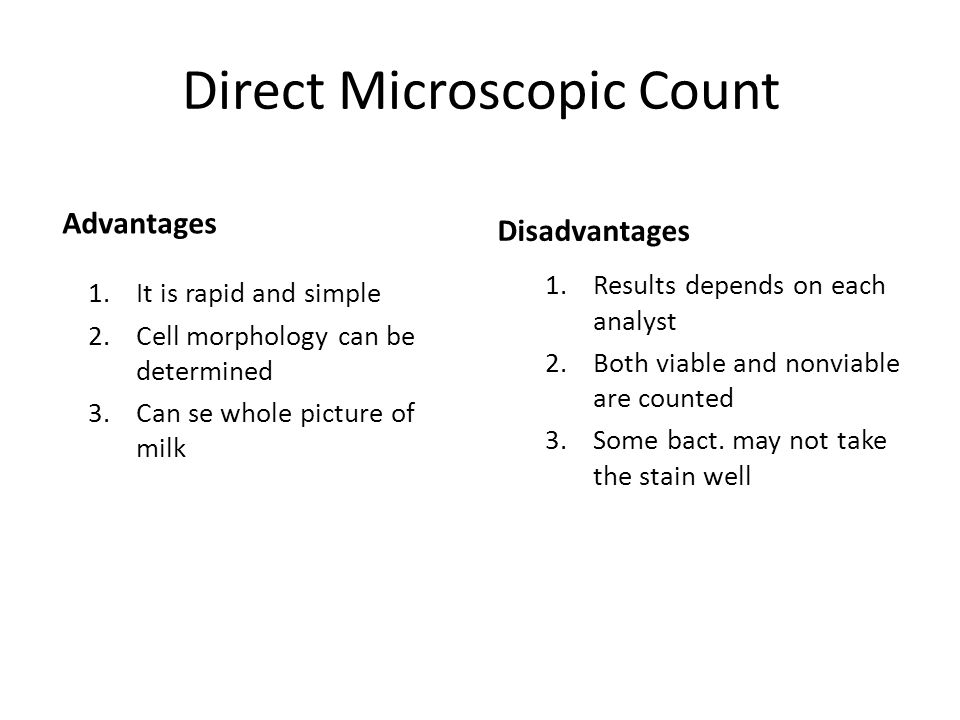Serial Dilution Advantages And Disadvantages

Advantages of Serial Dilutions: In serial dilutions, one needs to standardized the concentration in the unknown once as a stock solution. This can be used for any desired dilution, for example: 1/3, 1/9, 1/27, 1/81, each dilution is thr.
A serial dilution is the stepwise of a in. Usually the at each step is constant, resulting in a of the in a fashion. A ten-fold serial dilution could be 1, 0.1 M, 0.01 M, 0.001 M.
Creamware pulsar 2 drivers download for windows 7. Serial dilutions are used to accurately create highly diluted solutions as well as solutions for resulting in with a. A tenfold dilution for each step is called a logarithmic dilution or log-dilution, a 3.16-fold (10 0.5-fold) dilution is called a half-logarithmic dilution or half-log dilution, and a 1.78-fold (10 0.25-fold) dilution is called a quarter-logarithmic dilution or quarter-log dilution. Serial dilutions are widely used in experimental sciences, including,,,.
Contents • • • • • In biology and medicine [ ] In and, besides the more conventional uses described above, serial dilution may also be used to reduce the concentration of microscopic organisms or cells in a sample. As, for instance, the number and size of that grow on an plate in a given time is concentration-dependent, and since many other diagnostic techniques involve physically counting the number of micro-organisms or cells on specials printed with grids (for comparing concentrations of two organisms or cell types in the sample) or wells of a given volume (for absolute concentrations), dilution can be useful for getting more manageable results. Serial dilution is also a cheaper and simpler method for preparing than. In homeopathy [ ]. Experiments in Microbiology, Plant Pathology and Biotechnology.
New Age Publishers, 2005, p. • Booth, C.; et al. Methods in microbiology 35. Academic Press. • Weissmann, Gerald (2006). The FASEB Journal. 20 (11): 1755–1758..
Retrieved 2008-02-01. • Ernst, Edzard (November 2005). 'Is homeopathy a clinically valuable approach?' Trends in Pharmacological Sciences. 26 (11): 547–548.. Bishop, Edward P.
Globalsan. Fody, Larry E. Clinical Chemistry: Principles, Procedures, Correlations. Lippincott Williams & Wilkins, 2004, p. 24. External links [ ] •, Bates College.